RVs are perfect for family adventures but not for driving around town. Therefore, many people choose to flat tow a vehicle to have some travel freedom after arriving at their destination. Many people flat tow the Jeep Wrangler or other small cars, but you may need a seven-passenger vehicle if you have a large family. We've compiled a list of popular seven-passenger vehicles that can easily be flat towed behind your RV.
Here is a list of seven-passenger vehicles that can be easily flat towed behind your RV:
- Jeep Cherokee L
- Lincoln Navigator
- Dodge Durango
- Chevy Traverse
- Acura MDX
- Cadillac Escalade
- Chevy Tahoe/Suburban
Please keep reading to learn more details about the seven-passenger vehicles on our list. We will also address the many common questions about flat towing a car behind their RV.
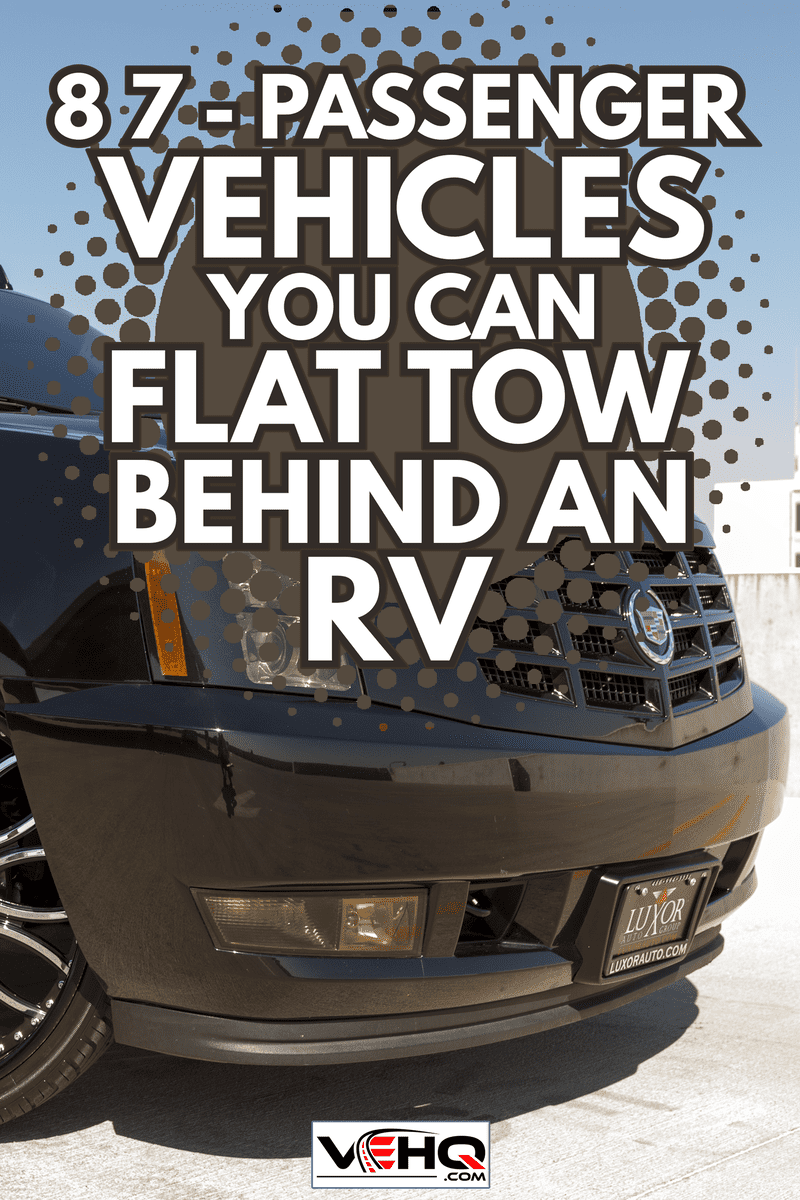
Seven-Passenger Options
There are flat tow options in larger SUVs with third-row seating. However, it would be best to always do your research by checking your owner's manual or calling the manufacturer to make sure the specific model you have can be flat towed.
Transmissions, drive trains, and other features can vary by trim level and add-on package options, so not every vehicle within a make and model can be flat towed. You also need to investigate if the vehicle has additional considerations like speed restrictions.
Don't forget to consider the towing capacity of your RV. Vehicles that can accommodate seven passengers will be larger and weigh more than the typical vehicles that RV owners typically flat tow.
Jeep Grand Cherokee L
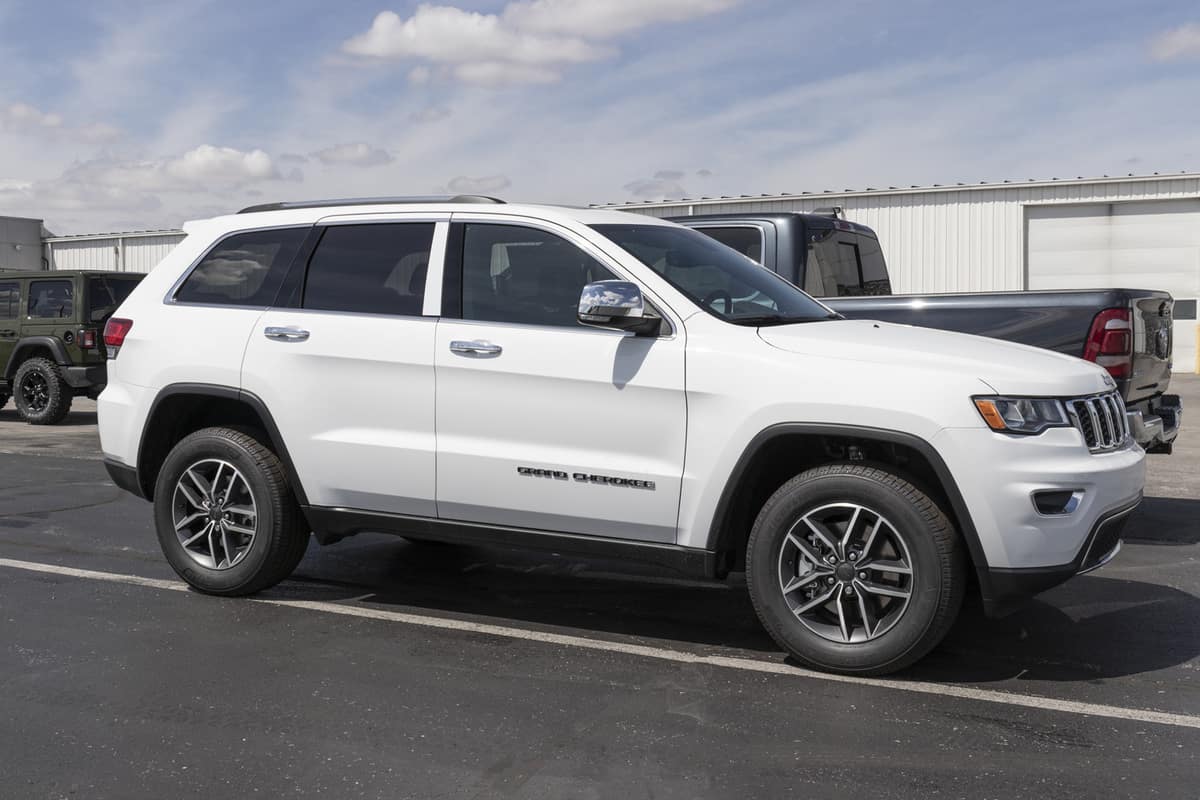
Jeep has finally added third-row seating with the Grand Cherokee L, so you now have seven-passenger seating capacity. This model can also be flat towed as long as it is equipped with Active Drive II or Quadra Track II systems.
Curb weight = 4,618 lbs
Lincoln Navigator
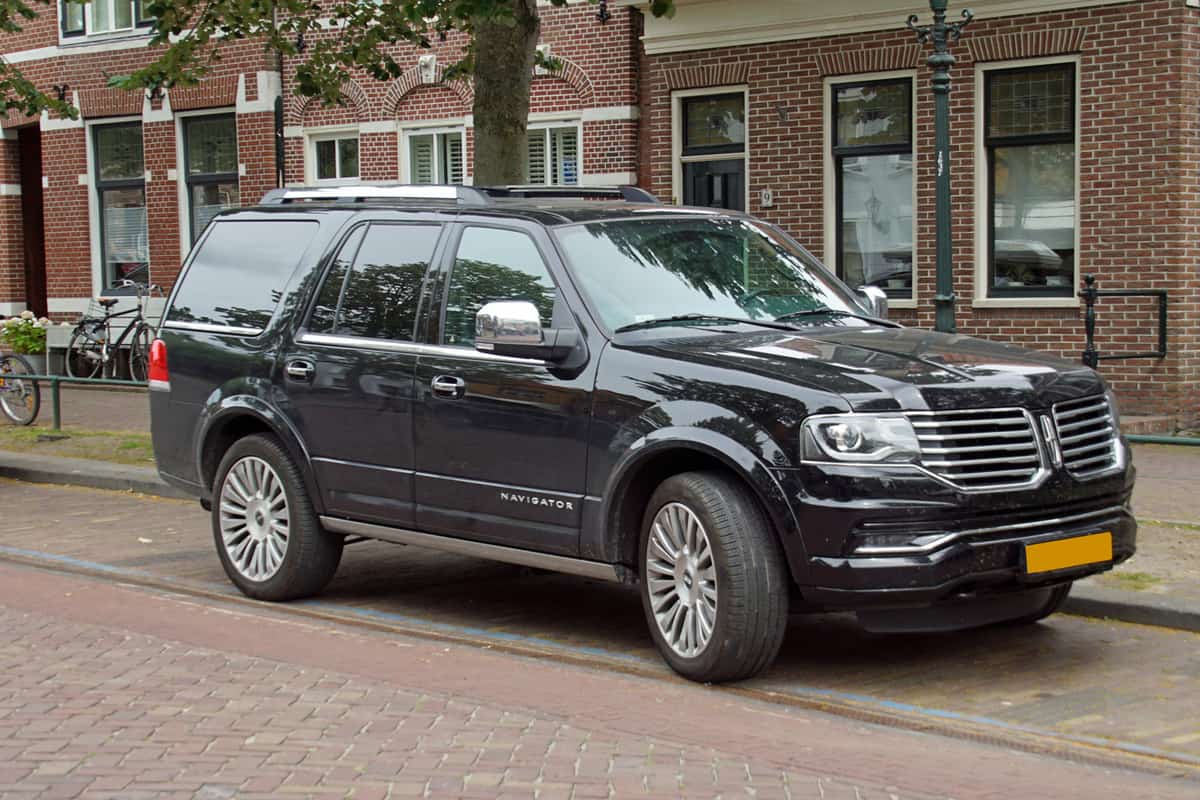
The Lincoln Navigator is a suitable vehicle for flat towing, so you don't have to leave luxury behind. Lincoln even provides detailed instructions to make it easier.
Curb weight = 5,633-5,980 lbs
Dodge Durango
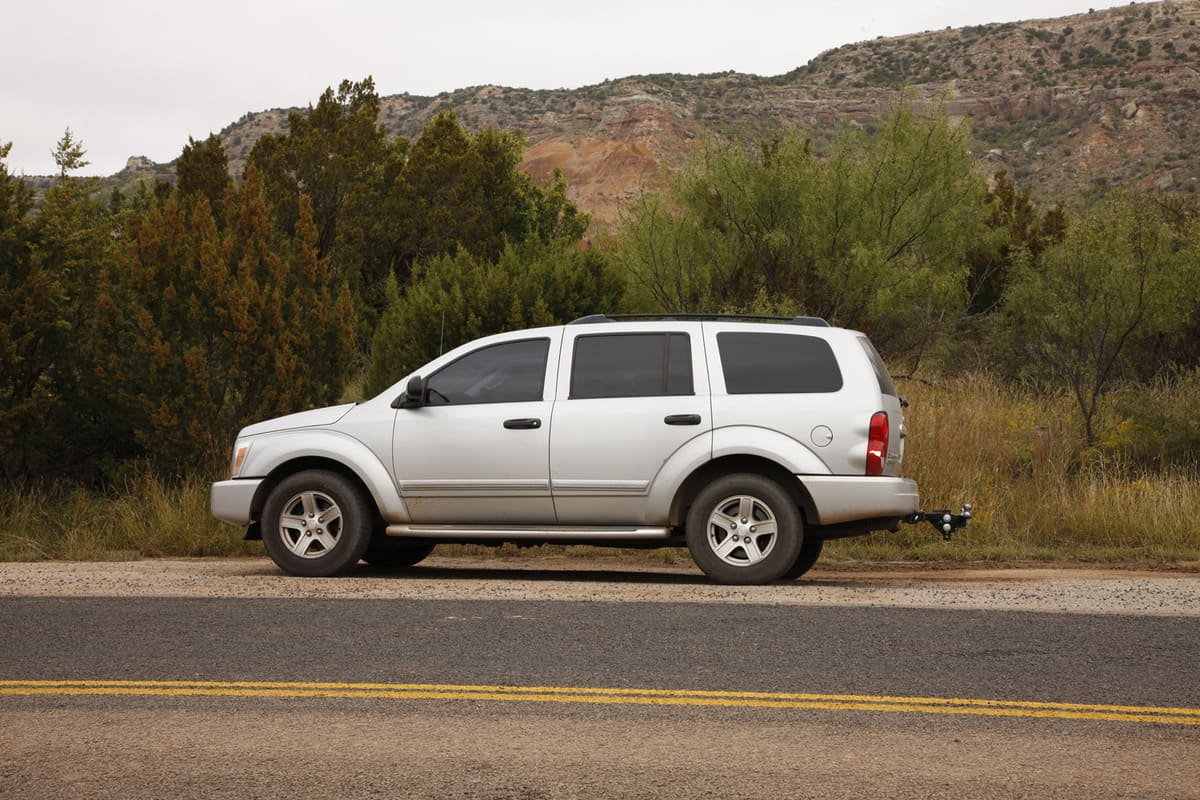
Not all models of the Dodge Durango can be flat towed, but there are all-wheel-drive models that have a 2-speed transfer case that will work.
Curb weight = 4,689-4,990 lbs
Chevy Traverse
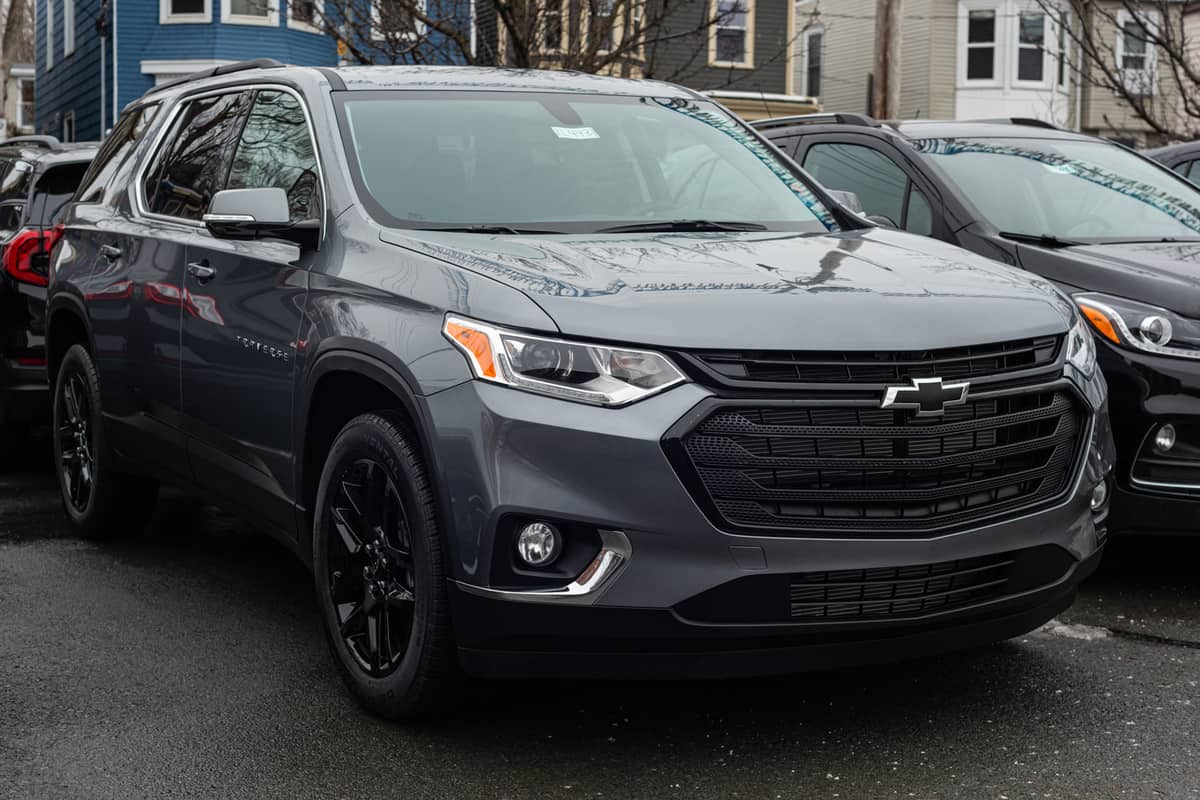
The Chevy Traverse can be flat towed, but the manufacturer has specific instructions to prevent damage to the transmission. It's crucial to crank the Traverse periodically to lubricate the transmission components. There are also speed restrictions of 65 mph to follow to avoid damage.
Curb weight = 4,362 lbs
Acura MDX
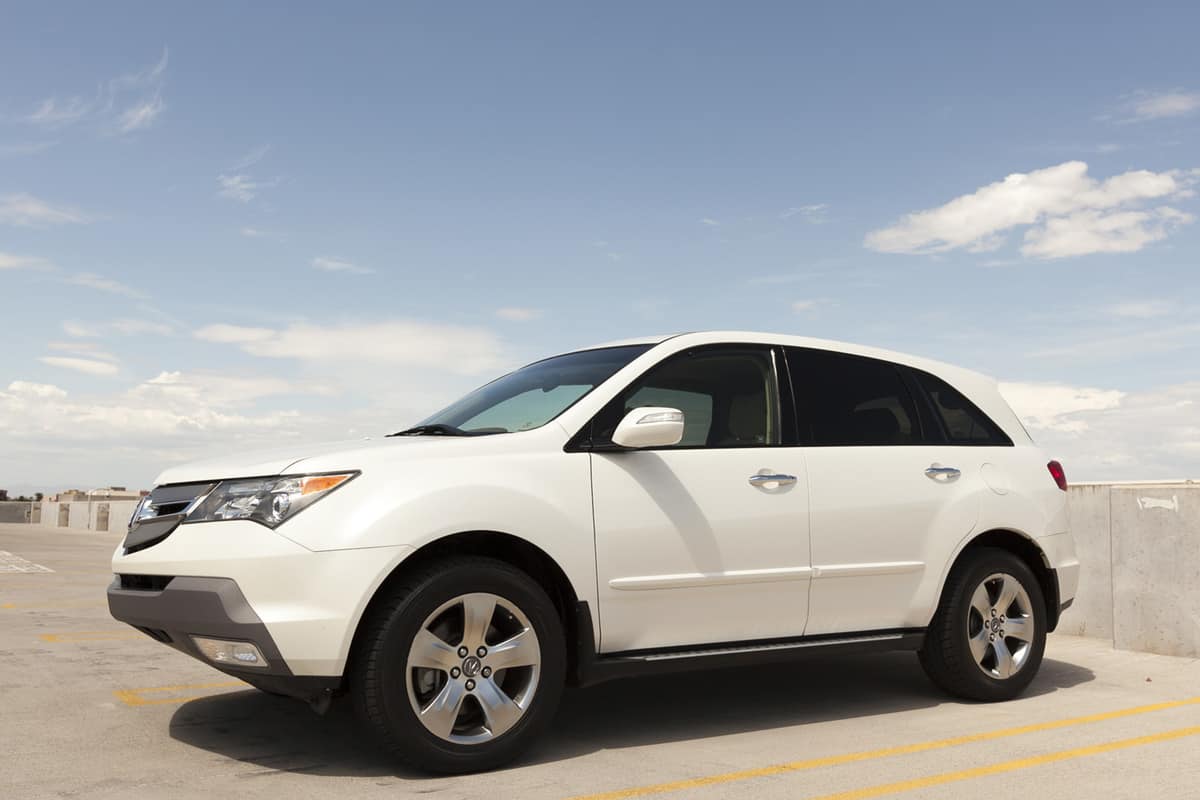
The Acura MDX can be flat towed. However, according to the owner's manual, there is a speed restriction of 65 mph.
Curb weight = 4,271-4,788 lbs
Cadillac Escalade
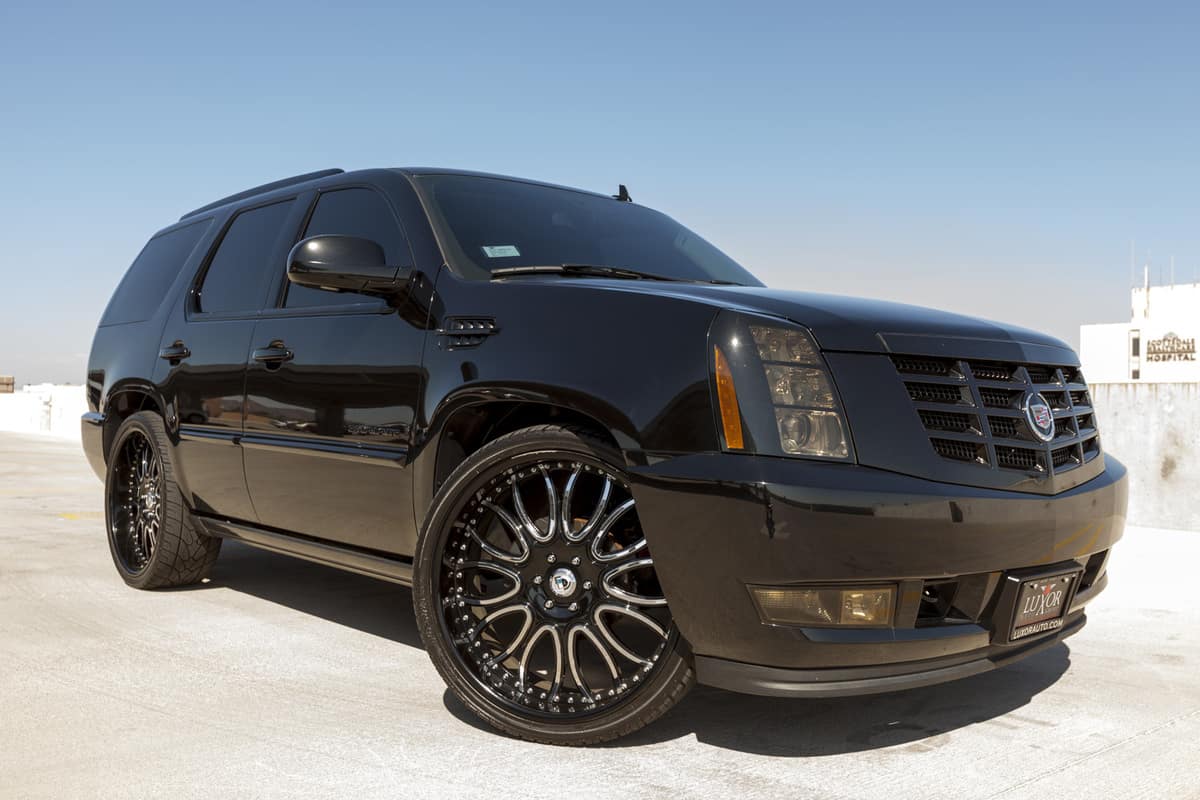
You should not flat tow a 2WD Escalade, but you can the 4WD options that have a 2-speed transfer case because they have a neutral setting and 4 Wheel Low. The owner's manual provides detailed instructions on how to flat tow the Cadillac Escalade without causing damage to the transmission.
Curb weight = 5,635-6,182 lbs
Chevy Tahoe And Chevy Suburban
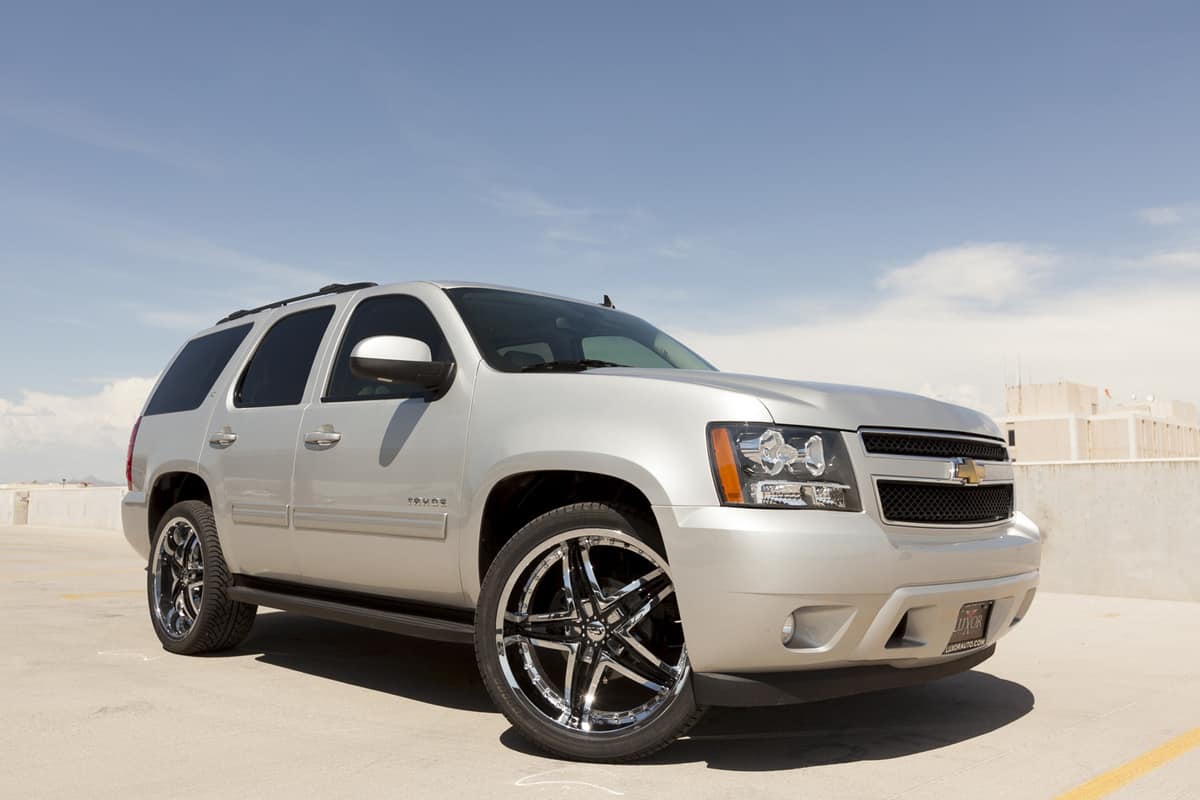
Both the Tahoe and Suburban have 4WD options with a transfer case that can be flat towed. However, 2WD models can be damaged and should not be towed with all four wheels on the ground.
The Tahoe and Suburban are much heavier vehicles, so these vehicles will only be an option with a motorhome with a higher towing capacity.
Taho curb weight = 5,661-5,904 lbs
Suburban curb weight = 5,824- 6,074 lbs
This list is only a few of the flat towing options behind your RV. Always double-check the vehicle manufacturer's recommendations to ensure the model you have chosen is appropriate for flat towing.
To flat tow, you need specific equipment, including a tow hitch on your RV, a tow bar receiver that attaches to your RV's hitch, and a base plate that mounts to your vehicle. You need a towing harness for the electrical system, lights, and braking system that can be auxiliary or wired into your car.
Consider this top-rated class III tow bar receiver with a 7,500 lb tow rating by Blue Ox.
Click here to see more on Amazon.
Is It Hard To Flat Tow?
Your vehicle should easily follow behind your motorhome if everything is properly secured.
There are some basic mechanics that are different from regular towing, and you need to be aware of them to plan.
Read more: Driving a Motorhome (9 Things You Need to Know Before Getting Behind the Wheel)
First, you cannot back up while flat towing. Second, you will need to allow more time and distance for braking and make it through intersections. The extra weight and length have to be considered in your driving decisions.
While there may be a slight learning curve and the initial setup might take some time and effort, it isn't difficult; it's definitely worth it to have your vehicle along with you.
Here is a tutorial video that takes you through the hookup and disconnect processes for flat towing:
How Do You Safely Flat Tow?
You need to know a few things about safety before your flat tow a vehicle.
First, make sure that you choose a vehicle under the towing capacity of your RV. An overloaded RV may lead to a dangerous situation on the road for you and others.
Most class A motorhomes have a towing capacity of around 5,000 pounds, but some larger ones can tow up to 15,000 pounds. They also range between 29-40 feet, so adding a vehicle means you've got quite a load.
A class B RV is the smallest and has the lowest towing capacity, with a maximum average of around 5,000 pounds.
A class C RV has a varied towing capacity between 3,000-8,000 pounds, but some can tow much more.
In addition to weight, you have to ensure that your unit is equipped adequately with safety systems like fully functioning brakes and lights. Special systems have to be installed so that the load is communicating with the RV and relaying safety signals to the drivers following behind you.
Read more: How Much Can You Tow With a Class C Motorhome?
Braking
Installing a separate braking system is a critical part of flat towing because of the extra weight placed on the RV. There are many types of systems available, so you should research and find one that best fits your RV and tow vehicle.
If you're looking for a universal system, consider the Patriot 3 braking system by Blue Ox.
Click here to see more on Amazon.
Lights
You need a tow harness to supply an electrical connection so that the tow vehicle has the necessary working safety lights and that those lights synchronize with the RV. These are vehicle specific, so make sure you choose the right one.
Safety Chains
It is also vital that you use safety chains while flat towing. These are backup safety mechanisms that keep the vehicle secured if something goes wrong with the tow bar.
Click here to see more on Amazon.
Does Towing Behind An RV Damage The Vehicle?
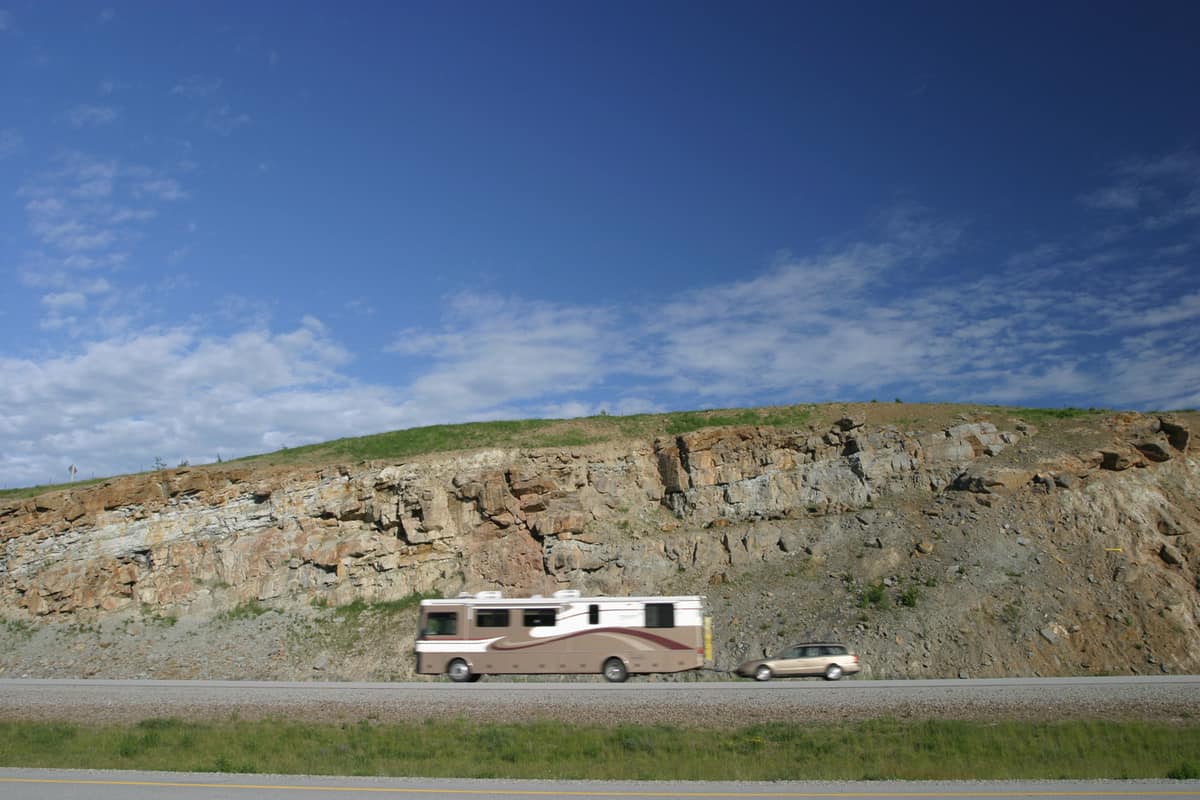
A lot of damage to a car during flat towing is due to error and can be avoided. Some mistakes can cause severe damage to your vehicle if you don't do your research and make sure you understand how to properly flat tow.
First, make sure you know about state and federal towing laws for areas you plan to travel.
Second, research to verify that your vehicle configuration is suitable for flat towing. Otherwise, you will damage the internal components of your transmission and your drivetrain.
Next, inspect your tow connection and auxiliary system before you pull out. Also, disengage the vehicle gears according to the manufacturer's instructions.
Finally, there's always some risk of minor scratches, dents, and dings to your vehicle from flat towing, especially on the bumper where the tow hooks and safety chains connect. Fortunately, this type of damage is cosmetic and barely noticeable.
Can Any Vehicle Be Flat Towed?
No, you must check your specific vehicles owner's manual for manufacturer's recommendations about towing procedures. Vehicles must have a way to disengage from the transmission to be fully in neutral to be flat towed.
They also need a self-lubricating transmission and steering lock-out override. This setup is most common in manual transmissions and AWD or 4WD vehicles with a transfer case.
Most FWD vehicles cannot be flat towed because of how the power is transferred to the front wheels. Dolly towing is better for FWD vehicles so that the front wheels are off the ground and not turning.
Aftermarket conversion kits are available that include transmission lubrication pumps and driveshaft decouplers to make almost any vehicle able to be flat towed.
However, these kits are costly and aren't without risk. You should consult a professional and make sure adding one doesn't void your vehicle's warranty if you are considering this option.
Is Flat Towing The Only Option?
No, another option for hauling a vehicle is to use a tow dolly preferred for FWD vehicles so that the front wheels are off the ground. However, like flat towing, not all vehicles are suitable for a tow dolly, so be sure to check about your specific make and model.
You can also load your vehicle onto a trailer and tow it using this method. This option works for any car but adds quite a bit of weight for your RV to pull, so you will need one with a sizeable towing capacity if you plan to use this method.
Happy Trails
You are now ready to choose a seven-passenger vehicle to flat tow behind your RV. Load up the family and hit the trail.



